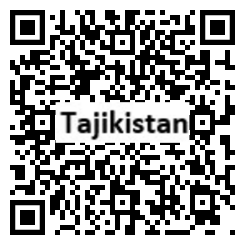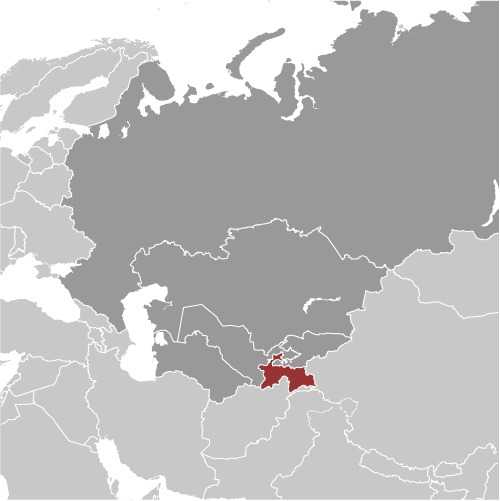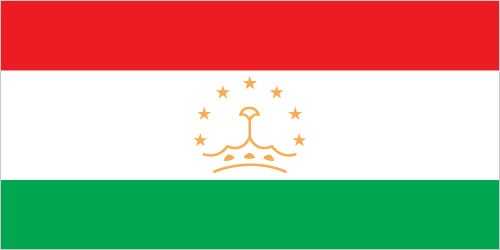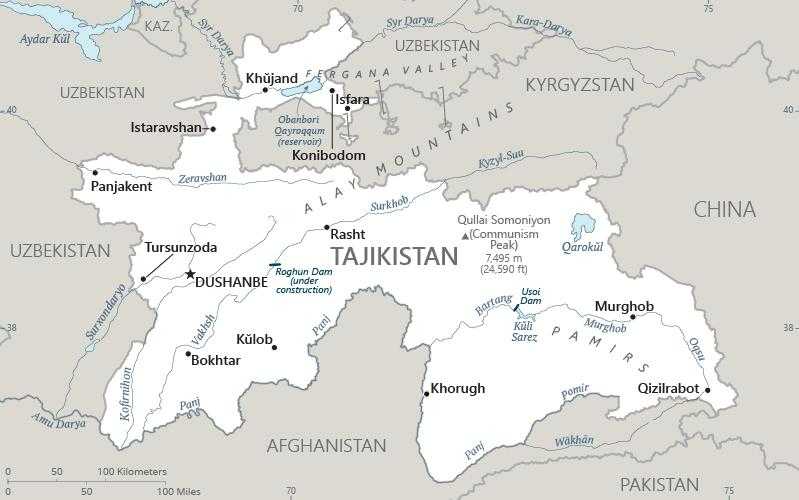Introduction
Background
The Tajik people came under Russian imperial rule in the 1860s and 1870s. In 1929, the USSR designated Tajikistan a separate republic. Tajikistan became independent in 1991 following the breakup of the Soviet Union.
Geography
Area
total : 144,100 sq km
land: 141,510 sq km
water: 2,590 sq km
Climate
mid-latitude continental, hot summers, mild winters; semiarid to polar in Pamir Mountains
Natural resources
hydropower, some petroleum, uranium, mercury, brown coal, lead, zinc, antimony, tungsten, silver, gold
People and Society
Population
total: 10,394,063
Ethnic groups
Tajik 84.3% (includes Pamiri and Yagnobi), Uzbek 13.8%, other 2% (includes Kyrgyz, Russian, Turkmen, Tatar, Arab) (2014 est.)
Languages
Tajik (official) 84.4%, Uzbek 11.9%, Kyrgyz 0.8%, Russian 0.5%, other 2.4% (2010 est.)
Religions
Muslim 98% (Sunni 95%, Shia 3%) other 2% (2014 est.)
Population growth rate
1.92% (2024 est.)
Government
Government type
presidential republic
Capital
name: Dushanbe
Executive branch
chief of state: President Emomali RAHMON (since 6 November 1994; head of state and Supreme Assembly Chairman since 19 November 1992)
head of government: Prime Minister Qohir RASULZODA (since 23 November 2013)
Legislative branch
description: bicameral Supreme Assembly or Majlisi Oli consists of:
National Assembly or Majlisi Milli (34 seats; 25 members indirectly elected by local representative assemblies or majlisi, 8 appointed by the president, and 1 reserved for each living former president; members serve 5-year terms)
Assembly of Representatives or Majlisi Namoyandagon (63 seats; 41 members directly elected in single-seat constituencies by 2-round absolute majority vote and 22 directly elected in a single nationwide constituency by closed-list proportional representation vote; members serve 5-year terms)
Economy
Economic overview
lower middle-income Central Asian economy; key gold, cotton, and aluminum exporter; declining poverty; sustained high growth; very limited private sector; substantial illicit drug trade; significant remittances; environmentally fragile
Real GDP (purchasing power parity)
$46.467 billion (2023 est.)
$42.905 billion (2022 est.)
$39.727 billion (2021 est.)
Real GDP per capita
$4,600 (2023 est.)
$4,300 (2022 est.)
$4,100 (2021 est.)
Agricultural products
milk, potatoes, wheat, watermelons, onions, cotton, tomatoes, carrots/turnips, vegetables, beef (2022)
Industries
aluminum, cement, coal, gold, silver, antimony, textile, vegetable oil
Exports
$2.105 billion (2023 est.)
$1.753 billion (2022 est.)
$2.161 billion (2021 est.)
Exports - partners
Kazakhstan 20%, Switzerland 19%, China 17%, Turkey 8%, Uzbekistan 8% (2022)
Exports - commodities
gold, precious metal ore, cotton, copper ore, aluminum (2022)
Imports
$5.931 billion (2023 est.)
$5.261 billion (2022 est.)
$4.258 billion (2021 est.)
Imports - partners
China 33%, Russia 22%, Kazakhstan 13%, Uzbekistan 6%, Turkey 6% (2022)
Imports - commodities
refined petroleum, garments, wheat, cars, natural gas (2022)
Exchange rates
Tajikistani somoni (TJS) per US dollar -
Page last updated: Wednesday, July 24, 2024




